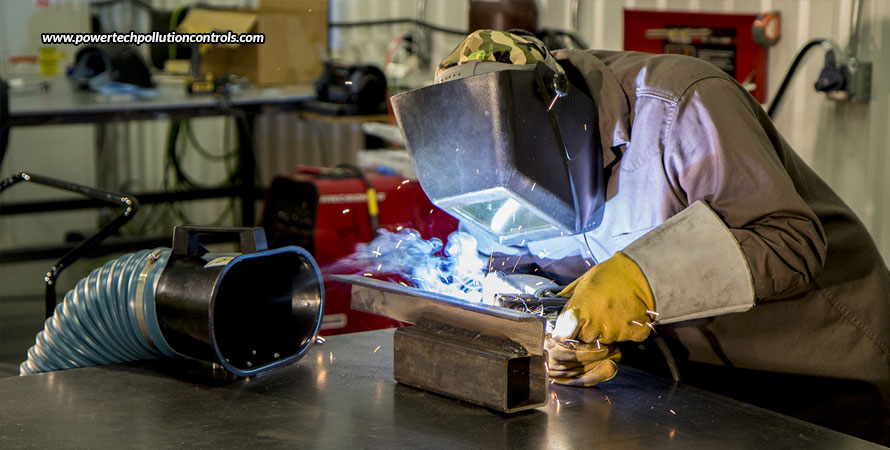
Welding Fume Extractor Filters
Filters are a crucial part of every welding fume extractor. They entrap airborne particles that your welding fume extractor has managed to capture. Fume extractors frequently include many filters in order to filter out as many contaminants as possible because many welding and grinding procedures today use materials that are carcinogenic. We will look at the many types of filters that are frequently used in welding fume extractors in this blog.
Types of filters
Understanding the many types of filters that may be included in a fume extractor is essential to ensuring that the equipment is maintained correctly.
- Pre-filter: Before they enter the “paper” (a fibre weave) medium, bigger particles are caught by the pre-filter.
- Main filter: These are used to catch the majority of dust particles from metalworking operations like grinding or welding.
- After filter: The after filter is intended to catch very minute particle after the fumes pass the main filter.
Filter ratings
The Minimum Efficiency Reporting Value (MERV) is used to rate filters. MERV ratings range from 1 to 16, with higher ratings indicating greater ability to filter out airborne pollutants. Air that is cleaner has a higher MERV rating. The welding procedure and material you use will have a big impact on the kind of filter you need. For instance: A MERV 16 filter is necessary if you work with stainless steel.
Filter replacements
How long you spend grinding or welding in your premises, and the amount of fumes produced, are the two main factors that determine when and how often the filters need to be replaced. The filter medium will clog up more when particles are captured by the filter. Airflow decreases as a result, thus the motor and fan must run faster to maintain the desired airflow. Other factors that may affect the performance of a filter include whether or not the fumes are oily, and how long it takes for the smaller particles to come together to form a cake. Considering all of this, you can decide on when and how often to replace the filters.
What kind of welding fume filter do you need?
There are many systems that come with a self-cleaning filter system. In such systems, any debris that has become stuck on the filter medium is removed using compressed air. The dust is then gathered in a container or compartment while the fume extractor system is in operation. These filters have a longer lifespan than disposable filters. The Fumekiller from Powertech Pollution Controls is one fume extractor system with such long-lasting filters. The filter modules that come with this welding fume extractor can be cleaned and reused repeatedly. This fume extractor uses electrostatic filtering technology and a high-efficiency two-stage electrostatic precipitator to collect and manage fumes, mist, smoke, and fine dust created by welding, soldering, and other related activities. With such an extractor installed, you can maintain a healthy environment by keeping your staff away from all sorts of dangers like eye and nose irritation, throat infections, skin infections, cancers, metal fume fever, and even death!


